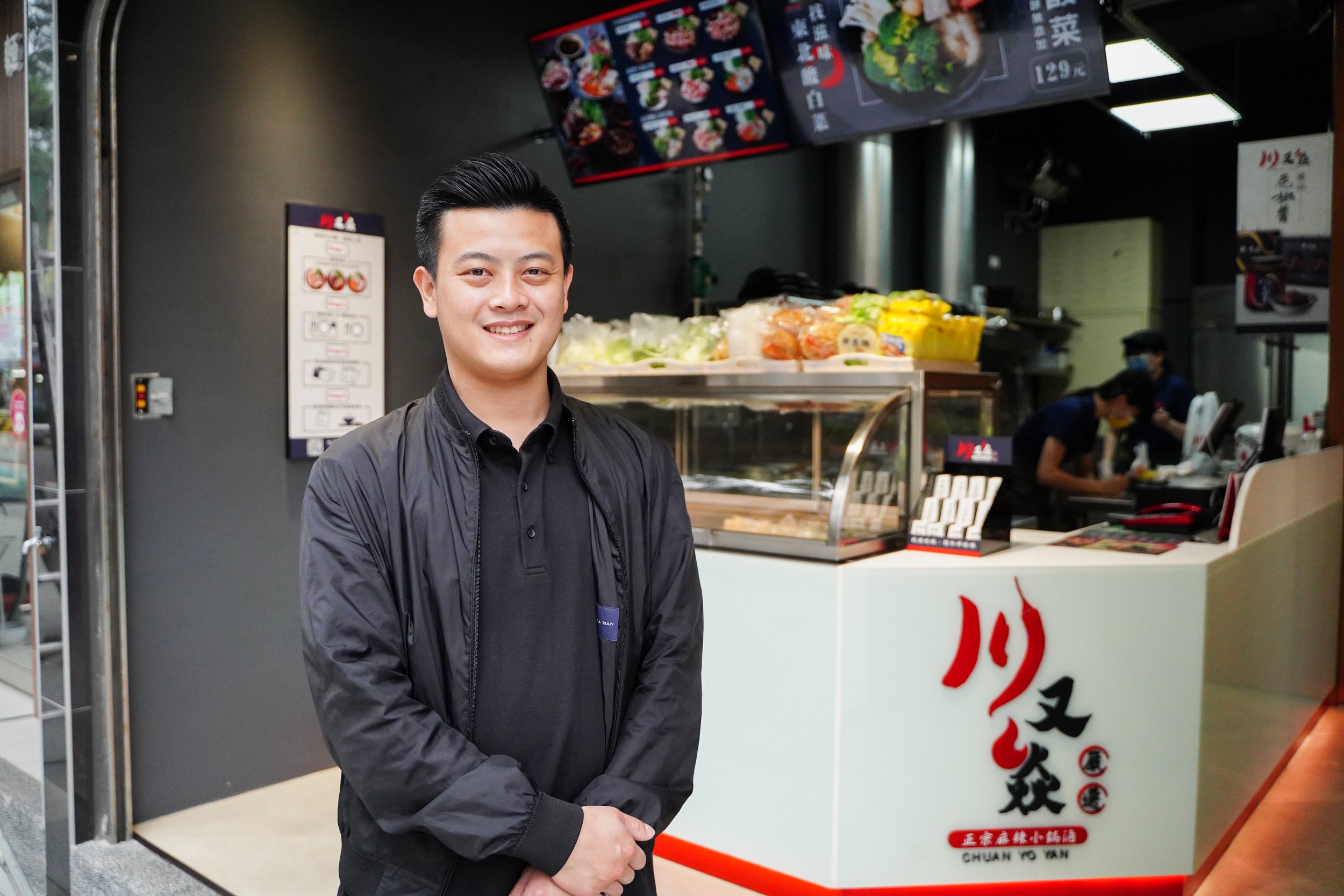How to choose a POS ?
The Singapore Restaurant Owner’s Guide to Choosing A POS System
POS systems are in practically every restaurant, café and food kiosk in Singapore. Even some hawkers and stalls in food courts have them. The benefits of having a POS system are straightforward – in a place where tens to hundreds of transactions are made every day, your POS helps you keep track of how much money you’re making.
Accounting is faster and you’ll be aware if any money is missing. In restaurants, your POS links bills to tables and automatically sends orders to the kitchen to save time.
“The Singapore Restaurant Owner’s Guide to Choosing A POS System”
Setting up a restaurant is difficult enough. Getting the right POS saves you a big headache because the POS is essentially the operating system of your establishment. If it doesn’t run, your restaurant doesn’t run.
The first step is to understand the types of systems available. POS systems come in two kinds: traditional and Cloud-based.
Traditional POS System
Traditional POS systems are common and have been used for many years. They are the boxy, (usually) black terminals at restaurant counters, invariably surrounded by a keyboard, printer, NETS and credit card payment devices.
Cost: A one-time fee of from $3500 per terminal, although most of the time you will be quoted about $5000 for an entire set (including printer, cash drawer, etc.).
Do note that you will have to pay extra for hardware installation, training and tech support – which can be charged at an hourly rate, a per visit rate, or as a package of a X number of visits. The charges vary depending on the company providing the service and can be rather expensive.
Pros:
Able to work offline. The POS terminal is basically a PC, so your data will be stored in it. You don’t need an Internet connection for full functionality. Data can also be stored on a server if the POS is equipped with Internet (not all are).
Reputability, because traditional POS have been around for a while.
Downloadable data. Your sales data can be exported into Microsoft Excel sheets for accounting.
Cons:
It is very difficult to make changes to the table layout, price and menu. Most of the time, you will have to email the POS company to make the changes and wait 3 working days.
No mobility – traditional POS hardware have fixed positions. This means your wait staff will have run back and forth between the counter and customers’ tables, and you will likely need more staff.
Limited sales insights. Most traditional POS will show bestsellers and their quantities, and not much else in terms of data analytics.
The technology behind traditional POS is very old, which makes it difficult to integrate with other solutions, such as accounting software. Also, software upgrades are rare.
Cloud-based POS System
Cloud-based POS systems are run on Apple or Android devices. Not to be confused with e-menus (those iPads customers order on at their tables), which can only order and must still be integrated with a POS. Cloud-based POS are often apps.
Cost: A subscription fee is charged per account (one per outlet), or a cut of each transaction is taken (ranging from 2.25-3.75%) while the software is free to download. Prices vary – for example, iCHEF is S$99/month, while another iPad-based POS is $2,100 annually – and you can purchase the hardware from the POS company at the standard Apple or Android device prices. Most companies have packages including hardware, cash drawers and printers.
Installation fees and tech support charges depend on the POS.
Backend analytics on a Cloud-based POS
Pros:
Analytics to optimise business. Most Cloud-based POS can analyse your restaurant’s data and identify patterns. Comparing with past data can help you understand if a new strategy or promotion is working.
Frequent software upgrades to make running smoother and include new features. Updating is simple.
More functions, such as table queues, staff clock in and clock out, etc.
Easy to edit menus, discounts, table arrangement, and prices on your own.
Cons:
You need to be vigilant and ensure that the devices are charged, especially if you are using more than one.
Possibly expensive additional costs if you get a POS from a distributor and not directly from the POS company itself, such as installation, training and technical support. That is where distributors make most of the money. One company, for example, charges $350 per hour for tech support personnel to visit your restaurant.
“Our verdict?”
If you are old-school or do not foresee the need for more functions, a traditional POS is for you. If you think data is important and want to observe trends at your establishment so you can improve sales, go for Cloud-based. The accessibility of the data on a Cloud-based POS is especially useful for restaurant owners with more than one outlet – you will be able to compare data between outlets and keep track of each outlet’s performance easily.
iCHEF F&B POS OVER 2000 RESTAURANTS IN ASIA
Cheryl Tay is the editor and marketer at iCHEF Singapore. She also manages iCHEF Club, a growing community of F&B owners in Singapore – organising events, an online newsletter and the F&B Entrepreneur Bootcamp, the only regular workshop on opening a new restaurant in the country. In her spare time, she attempts to read every book that’s ever won a literary prize and watches cat videos. Like any proper Singaporean, her love for food runs deep – especially spicy food. Chili is life.

















